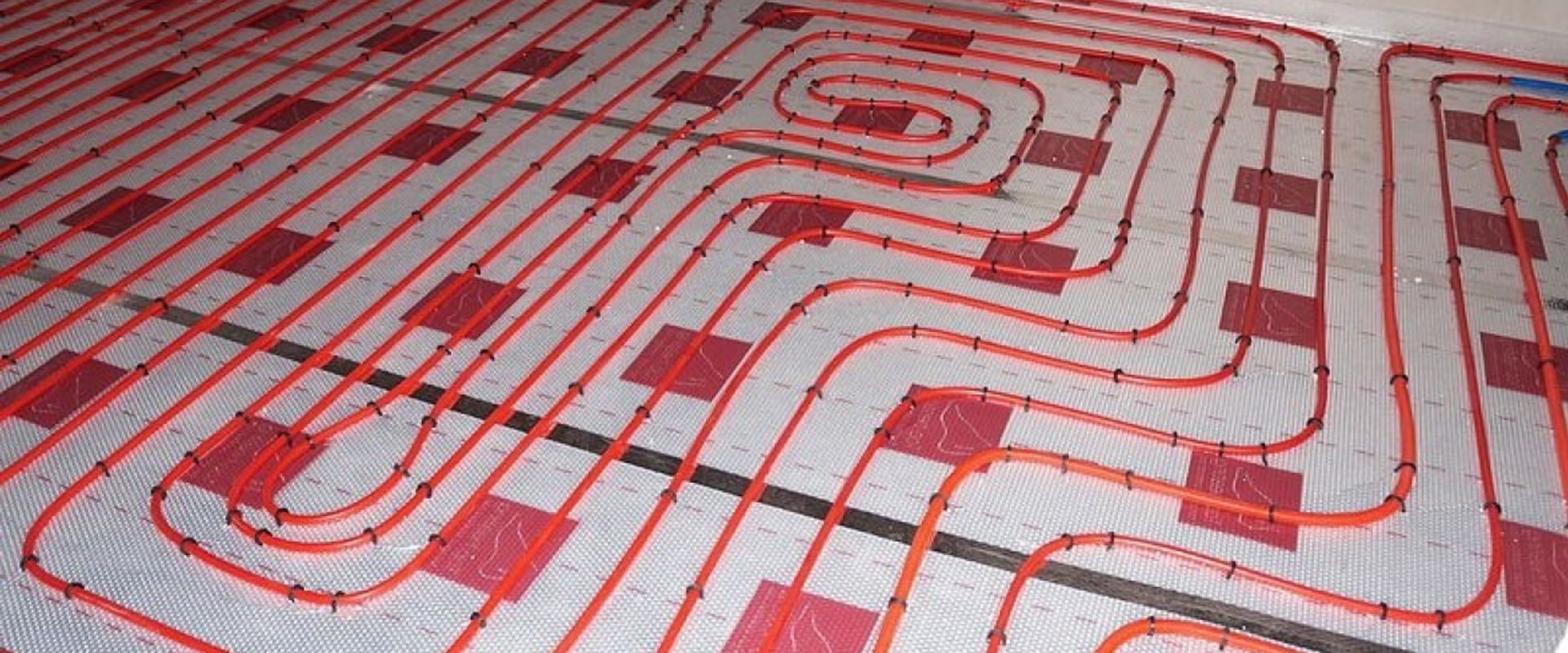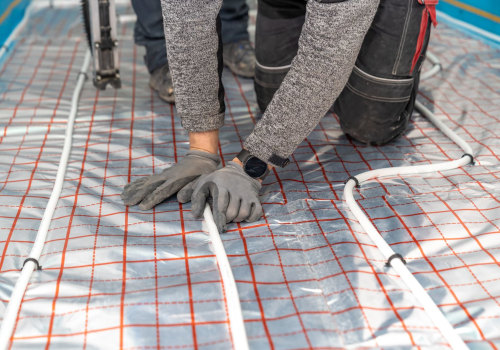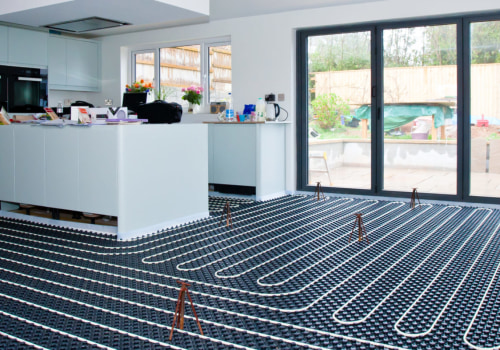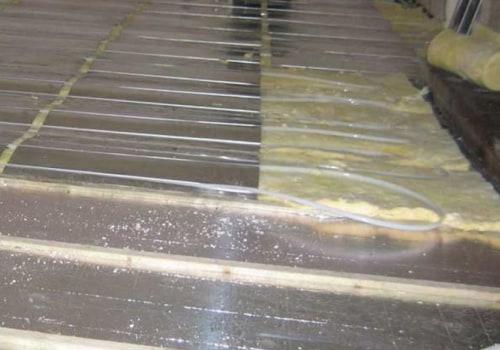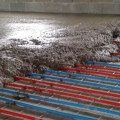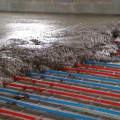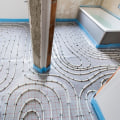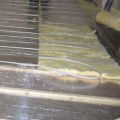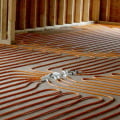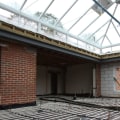Underfloor heating systems increase venous disorders and sweaty feet That was the assumption of studies in the 1960s. And that may have been correct given the much higher operating temperatures of underfloor heaters. Heat is generally not good for existing venous problems. Heated floors are not dangerous if proper precautions are taken.
In fact, advances in heated floors have made leaps and bounds in recent years, and keeping the floor warm underfoot is a luxury. The risk of electric shock is practically non-existent. Keep certain information in mind when buying flooring and hiring a contractor to install radiant heat floors. Underfloor heating prevents the circulation of dust particles that can cause allergies or diseases.
Homeowners can also take advantage of better humidity and a healthier environment free of dust mites and mold, which is especially useful for people suffering from allergies or respiratory problems.
Underfloor heating
is a cleaner and smarter way to heat your home. Using radiant heat technology, the UFH gently heats people and objects in the room directly from scratch, facilitating a much more energy-efficient method. There is no need for the underfloor heating system to heat up to such high temperatures because the source is under your feet.Therefore, the amount of heat transferred by air (by conductivity) is reduced by the heat supply elements LT, which implies that the air temperature can be 12 degrees. I have done exhaustive searches on Google to collect as many opinions as possible on the disadvantages of underfloor heating systems. However, some of our systems, such as the DCM-PRO thermal decoupling system, can be directly tiled, which makes installation very fast, sometimes less than a day in a smaller room. In addition, radiators first heat the nearest air, so rooms heated by radiators are prone to “cold spots”, which means that the air feels cold in the center of the room and very hot next to the radiators.
True, the price of installing underfloor heating is 30% more expensive than that of traditional radiators. This means you won't even have to think about heating your home; our systems will always heat your home to the right temperature and at the right time for you. Arrangement of Space Heating Surfaces and Resulting Effects on Thermal Comfort and Heat Losses, Proceedings Healthy Buildings 88, vol. I won't be able to change the furniture from one wall to another because there will be unheated floor areas.
Impact of Soil Temperature on Foot Rhnichroflora; A Pilot Study, Proceedings Healthy Buildings 94, vol. Generally used heat distribution systems (pipes) (water-based) in buildings have a life cycle of 40 to 50 years. In short, unlike traditional radiators, which can make a room feel cold at times and too hot at other times, underfloor heating does not overheat, but reaches the desired temperature that you set with a thermostat on the wall. The review of the literature gave rise to a wide range of new arguments that can be used to convince customers, consultants and architects to opt for low-temperature heating.
The overall objective of this study was to identify the advantages and disadvantages (proven) of low-temperature heating systems (heat supply elements) compared to their high-temperature counterparts (for example, traditional radiators must be heated to a high temperature (between 65 and 75 degrees Celsius) for heats a room effectively, while underfloor heating only needs to operate at a temperature of 29 degrees Celsius or less, depending on the floor finish, to heat the room, which consumes less energy and keeps your energy bills much lower. With underfloor heating systems, you can enjoy your entire room without radiators on the walls. .
